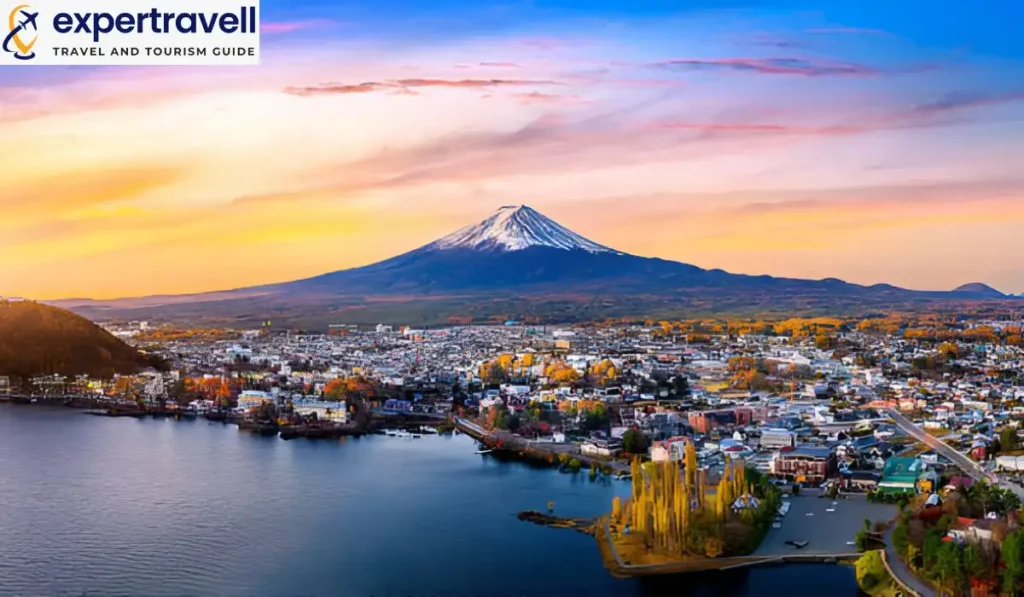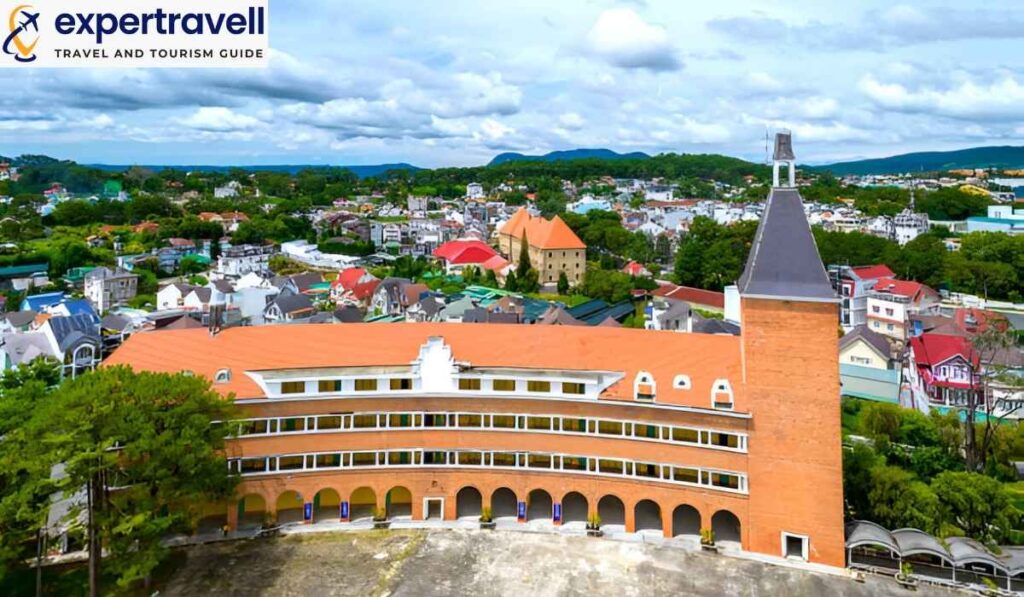A trip to Japan for only a week may allow you to visit some of its bustling cities if your itinerary is set up regionally. With a properly thought-out route, guests can take the highlights of Tokyo, Kyoto, and Osaka in seven days. From Tokyo’s street life to Kyoto temples, there is something for everyone. In short, this itinerary has the perfect mix of cultural experiences and culinary delights, all set in beautiful landscapes. Spaces like the Meiji Shrine and Fushimi Inari Shrine showcase Japan’s deep history linkages. With the help of a day-by-day itinerary, it will be manageable to travel through Japan’s deep web of transportation and get as much out of every single day in this country.
Only when you immerse yourself in the local culture is Japan no longer about visiting famous sites. However, the experience is always deepened by traditional activities such as sushi-making classes or tea ceremony participation that make it more memorable. Guests can visit during that one-week trip and have lifetime memories of the country with good planning.
For those curious about the Best Places to Travel for Beginners, Japan offers an ideal starting point.
Important Tips To Know Before Your Trip To Japan
Planning a trip to Japan involves several key considerations. Understanding the transportation system, cultural etiquette, best travel times, types of accommodation, and essential phrases can greatly enhance the travel experience.
Navigating Japan’s Train System With The JR Pass
The Japan Rail Pass is a crucial tool for travelers. It offers unlimited travel on most trains, including Shinkansen (bullet trains), for a set number of days. Getting the JR Pass before arriving in Japan is cost-effective and saves time. Travelers should activate their JR Pass at the airport or a JR station. Reservations for popular routes can be made in advance, which is highly recommended during peak seasons. Using the trains is efficient, but familiarizing oneself with the schedule and routes is essential. Many train stations offer English signage, making navigation easier.
Cultural Etiquette: What You Need To Know
Understanding Japanese etiquette helps in making a good impression. Bowing is a common greeting and shows respect. In public places, maintaining a quiet demeanor is important, as loud conversations can be seen as rude. Dining etiquette includes not sticking chopsticks upright in rice, as it resembles a funeral ritual. It’s also polite to say “Itadakimasu” before eating and “Gochisosama deshita” afterward to express gratitude. Removing shoes when entering homes or certain traditional accommodations, such as ryokans, is also expected.
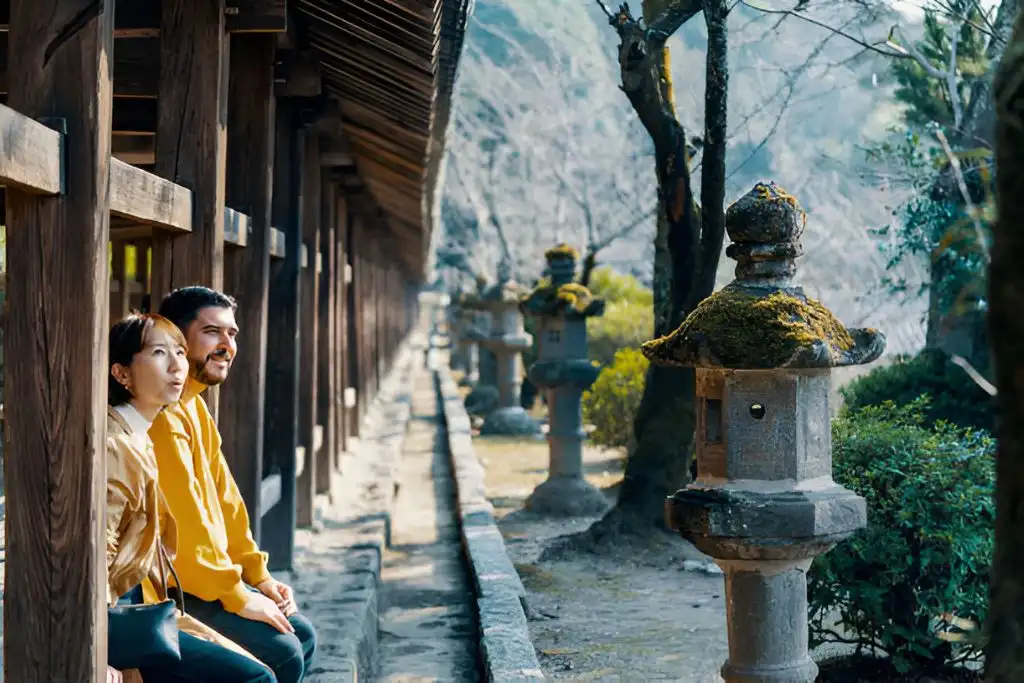
Best Time To Visit Japan
The best times to visit Japan are during spring (March to May) and autumn (September to November). Spring features cherry blossoms, drawing many tourists, while autumn showcases vibrant foliage. Both seasons have pleasant weather. During summer (June to August), the humidity rises, and temperatures can soar, especially in cities like Tokyo. Winter (December to February) sees cold weather, but it’s ideal for those looking to ski. Understanding these seasonal changes helps in planning the right travel wardrobe.
For those planning future travels, consider exploring The Best Time to Visit Montreal as well.
Accommodation Types: From Traditional To Modern
Japan offers various accommodation styles, catering to different preferences. Hotels and hostels are widely available in urban areas. Traditional inns, known as ryokans, provide a unique experience, complete with tatami mats and futons. Capsule hotels offer a quirky and budget-friendly option. For those seeking luxury, high-end hotels often provide western amenities and exceptional service. Booking in advance is advised, especially during peak travel seasons.
Essential Japanese Phrases For Travelers
Knowing a few basic Japanese phrases can enhance the travel experience. Simple greetings, such as “Konnichiwa” (Hello) and “Arigatou” (Thank you), show respect to locals. Travelers may also need essential phrases like “Eigo o hanasemasu ka?” (Do you speak English?) and “Koko wa doko desu ka?” (Where is this place?). Using these phrases can help navigate transportation and ask for assistance easily. Familiarity with the language can make interactions smoother, leading to more memorable experiences.
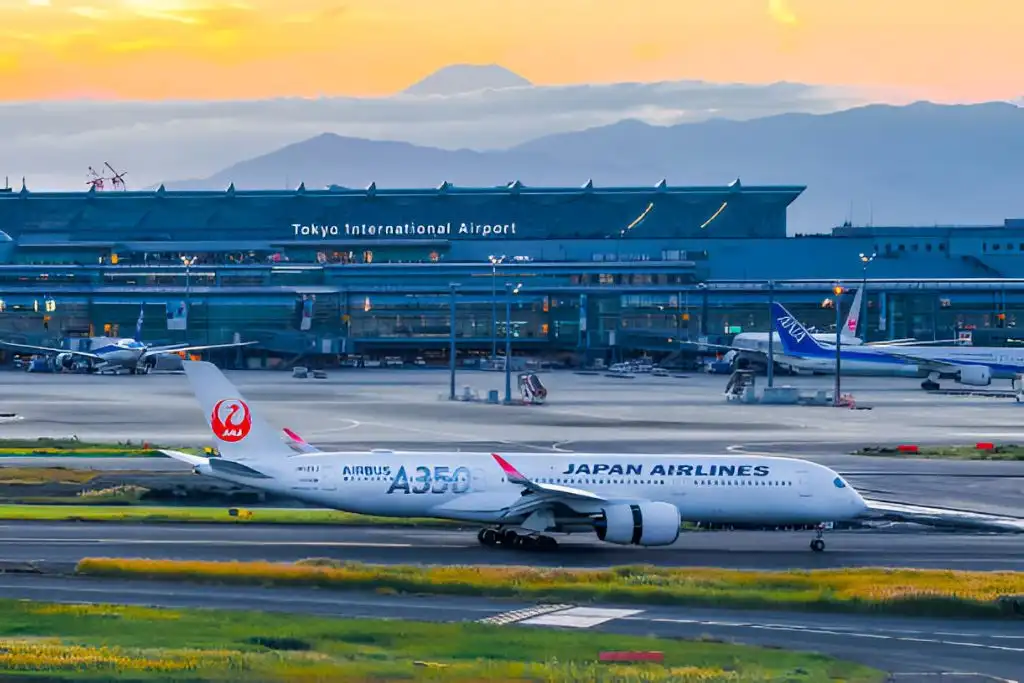
Day 1: Arrive In Tokyo – A Blend Of Tradition And Modernity
Upon arriving in Tokyo, travelers experience a mix of rich traditions and cutting-edge modernity. The day begins with checking into the hotel, followed by exploring vibrant areas like Shibuya and Shinjuku. Later, visitors can enjoy breathtaking views from landmarks such as Tokyo Tower or Tokyo Skytree.
Morning: Arrival And Check-In At Your Hotel
After landing at Narita Airport, travelers should consider arranging a pocket WiFi rental for easy internet access. It provides a handy connection for maps and information. Transportation options include the Narita Express, which offers a swift ride to central Tokyo, making the journey simple and convenient. Upon arrival at the hotel, check-in typically starts around 3 PM. Many hotels allow guests to store their bags if they arrive earlier. After settling in, it’s a good idea to freshen up and relax briefly before heading out.
Afternoon: Exploring Shibuya And Shinjuku
Shibuya and Shinjuku are lively districts that showcase Tokyo’s energetic atmosphere. In Shibuya, visitors can experience the famous Shibuya Crossing and enjoy shopping at various stores. There are also restaurants offering a mix of traditional Japanese cuisine and international dishes. Moving on to Shinjuku, the area is known for its neon lights and busy streets. Travelers can enjoy the beautiful Shinjuku Gyoen National Garden for a taste of nature amidst the city buzz. It’s a peaceful spot to walk and take photos. The area is also well-connected by the JR Pass, making it easy to navigate.
Evening: Tokyo Tower Or Tokyo Skytree For Night Views
As the sun sets, choosing between Tokyo Tower and Tokyo Skytree for night views is an exciting decision. Tokyo Tower, inspired by the Eiffel Tower, offers stunning views of the sprawling city and can be quite enchanting at night. On the other hand, Tokyo Skytree stands taller and provides a more modern experience with its high-tech observation decks. Both spots are popular and get crowded, so arriving early is wise. Guests can admire the glittering city below, creating an unforgettable memory of Tokyo’s blend of tradition and innovation.
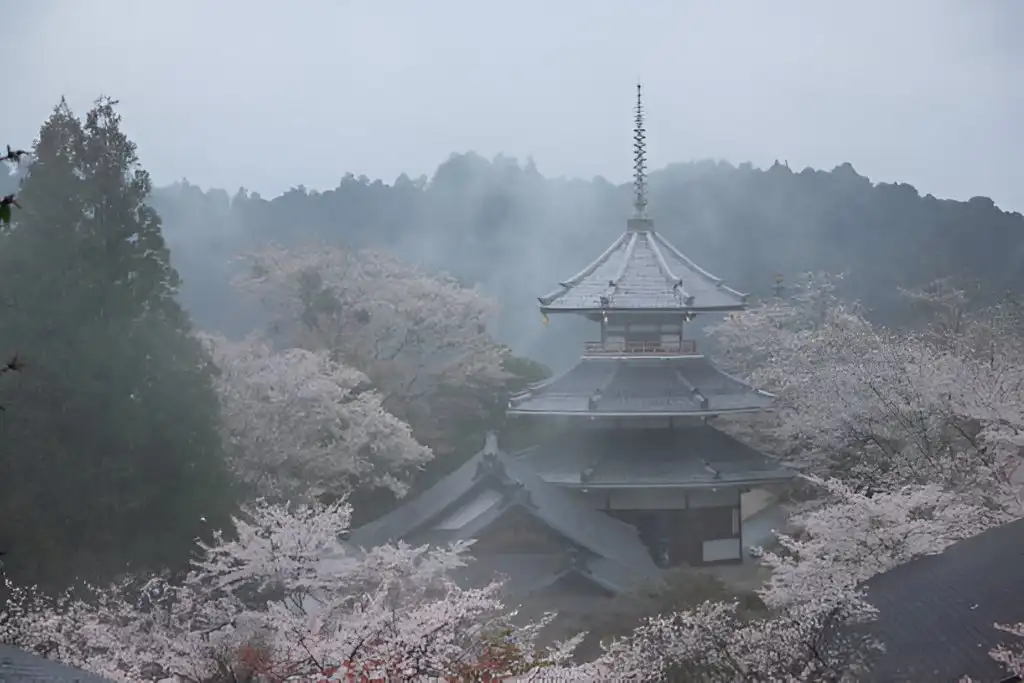
Day 2-3: Discover Kyoto’s Timeless Beauty
Kyoto is a city where tradition meets stunning natural beauty. Over these two days, visitors will explore iconic temples, experience local culture, and enjoy breathtaking landscapes. Each day offers a unique opportunity to connect with Kyoto’s rich heritage.
Day 2: Tradition In Kyoto
For example, on Day 2, one should prepare to walk up the Fushimi Inari-taisha trail and visit the Kinkaku-ji Temple in the morning. Having accomplished these goals, I recommend having lunch and walking along the Kamo River. In the afternoon, tourists want to familiarize themselves with the Gion streets, find a geisha, and spend some time in the Nishiki Market. I recommend kaiseki, one of the most traditional Japanese foods for dinner. The evening can be spent in a teahouse.
Day 3: Kyoto’s Cultural Gems
Day 3 begins with a serene walk through Arashiyama’s Bamboo Grove, followed by a visit to the colorful Kimono Forest art installation. After lunch at local cafés, visitors can explore the Shinkyogoku shopping district for a blend of traditional and modern stores. A stop at historic Nijo Castle offers insight into Japan’s feudal history. The day concludes with a comfortable train ride back to accommodations like the Royal Park Hotel or Ritz-Carlton.
Day 4: Day Trip To Nara – Temples And Nature
A day trip to Nara offers a perfect blend of cultural landmarks and beautiful nature. Visitors will find stunning temples and the famous Nara deer, while enjoying local cuisine throughout the day.

Morning: Nara Park And Todai-Ji Temple
The morning begins at Nara Park, home to over 1,000 free-roaming deer. Visitors can feed these friendly creatures with special crackers sold at the park. The lush greenery and open spaces provide a peaceful start to the day. Next, they will head to Todai-Ji Temple, one of Japan’s most famous landmarks. This impressive structure houses a giant Buddha statue and is a UNESCO World Heritage Site. Exploring the temple grounds, they will see intricate carvings and the beautiful architecture that surrounds this significant site.
Afternoon: Kasuga Taisha Shrine And Isuien Garden
In the afternoon, the journey continues to Kasuga Taisha Shrine, known for its hundreds of bronze lanterns. It offers a unique glimpse into Japan’s Shinto culture. The path to the shrine winds through a forested area, making for a serene hike. After exploring the shrine, a visit to Isuien Garden is a must. This exquisite garden, dating back to the 17th century, features two main areas: the front garden and the back garden. Visitors often enjoy a tea break here, with stunning views.
Evening: Return To Kyoto And Explore A Local Izakaya
As evening approaches, travelers return to Kyoto via the JR Nara Line, which is a convenient and scenic route. Upon arrival, there are plenty of options for dining. They might choose to visit a local izakaya to try traditional Japanese dishes like okonomiyaki and udon. These casual restaurants give a taste of local flavors and a relaxed atmosphere to end a fulfilling day. With fresh ingredients and a unique culinary experience, it’s a great way to wrap up the trip to Nara.
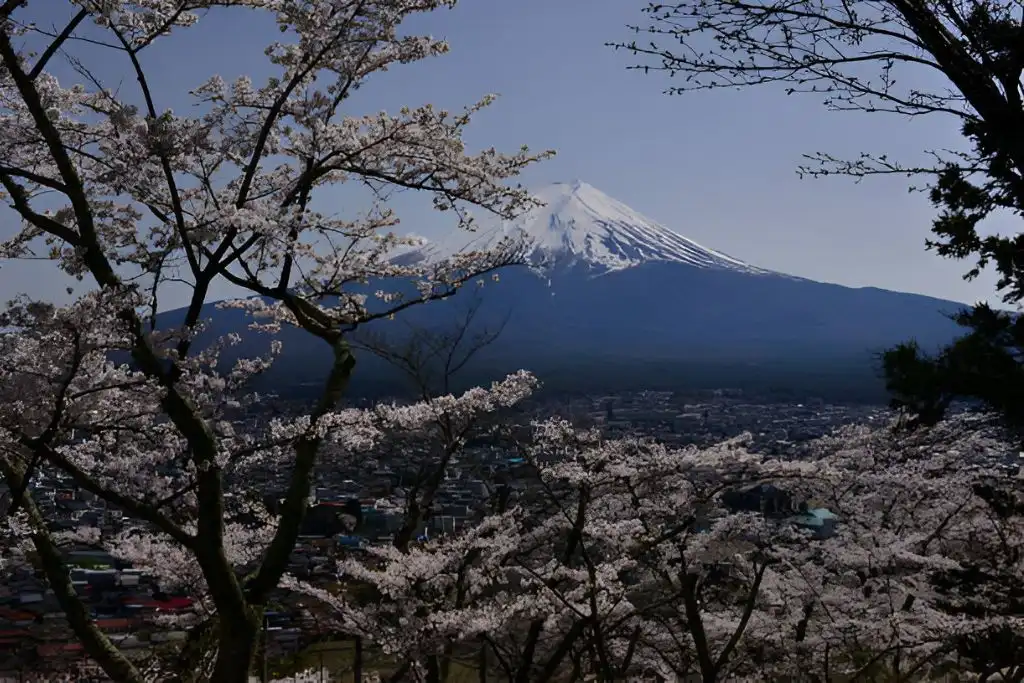
Day 5: Experience Mt. Fuji’s Majesty
On this day, visitors will immerse themselves in the breathtaking beauty and cultural significance of Mt. Fuji. They will take a day trip from either Kyoto or Tokyo, allowing time to explore natural wonders and return to the city for an evening meal.
Day Trip To Mt. Fuji From Kyoto Or Tokyo
Starting from either Kyoto or Tokyo, travelers can catch the Fujikyuko Line train to Kawaguchiko Station. The journey offers scenic views of the countryside and is a great way to start the adventure. From Kawaguchiko, they can take a bus along the Subaru Line, leading to the 5th Station of Mt. Fuji. This is the main starting point for many hiking trails. Hikers will enjoy stunning vistas of Aokigahara Forest and the surrounding lakes. Those who prefer not to hike can explore attractions like the Narusawa Ice Cave or the Saiko Bat Cave. Both are fascinating spots to learn about the region’s geology. Visitors can also experience the Fugaku Wind Cave nearby.
Evening: Return To Tokyo For Dinner
After a day filled with exploration, visitors will return to Tokyo via the Fujikyuko Line. The train ride back offers a chance to reflect on the day’s adventures while enjoying the views. Once in Tokyo, they can choose from a wide range of dining options. Popular neighborhoods like Shinjuku or Shibuya are great for trying authentic Japanese cuisine. Options include sushi, ramen, or izakaya-style dining. Eating out in these areas provides a lively atmosphere, perfect for winding down after a full day at Mt. Fuji. The vibrant nightlife and delicious food make for a memorable end to the day.
Day 6-7: Dive Deeper Into Tokyo’s Modern Marvels
These two days focus on exploring Tokyo’s cultural icons and taking a day trip to nearby cities offering unique experiences. Visitors will enjoy a mix of traditional sights, modern architecture, and local flavors.

Day 6: Tokyo’s Cultural Icons
On Day 6, start with the serene Meiji Shrine, honoring Emperor Meiji in a peaceful forest setting. Then, head to the Tokyo National Museum in Ueno Park to see Japanese art and artifacts. Visit Asakusa’s Senso-ji Temple, famous for its red lantern and Nakamise-dori shopping street, where you can try local snacks. End the day with a breathtaking night view from Tokyo Skytree, Japan’s tallest structure.
Day 7: Day Trip To Nikko Or Yokohama
Day 7 offers two exciting day trip options. Visit Nikko, a UNESCO site two hours from Tokyo, to explore the ornate Toshogu Shrine, dedicated to Japan’s first shogun, Tokugawa Ieyasu. Alternatively, Yokohama’s Chinatown, one of the largest outside China, offers diverse shops and restaurants. Ascend Yokohama Landmark Tower for stunning bay views or visit the Ramen Museum to sample various noodle dishes. Both destinations provide a unique mix of culture, history, and modern charm, enhancing the Tokyo experience.
Day 8: Final Day In Tokyo – Relax And Reflect
On the final day in Tokyo, travelers can enjoy some free time for shopping, relax in an onsen, and experience the city’s vibrant nightlife. This day allows them to slow down and savor the unique aspects of Tokyo before departing.
Morning: Free Time For Last-Minute Shopping In Harajuku Or Omotesando
In the morning, they can explore Harajuku or Omotesando for last-minute shopping. Harajuku is famous for its trendy fashion boutiques and youth culture. Takeshita Street is a must-visit, filled with shops offering everything from unique clothing to accessories. Omotesando, known for its upscale stores, features a mix of international and Japanese brands. Here, they can visit flagship stores and enjoy stylish architecture. Popular stops include the Omotesando Hills shopping complex. WiFi is widely available in both areas, making it easy to check maps and shopping reviews. For those seeking a broader experience, a visit to the Shibuya Crossing or Hachikō statue is feasible, adding to the day’s memories.
Afternoon: Relax In A Traditional Onsen Or Visit A Quirky Café
The afternoon offers a chance to unwind. A visit to a traditional onsen, like the nearby Oedo Onsen Monogatari, provides a serene experience. Guests can soak in natural hot springs and enjoy relaxation areas with gardens and tranquil settings. For something different, a quirky café may be more appealing. Themed cafés, like animal or manga cafés, provide a unique twist to afternoon plans. The Maid Café experience is especially popular, offering entertainment alongside refreshments. Both options offer a break from the fast-paced city. Additionally, the convenience of local WiFi helps in finding nearby spots like Udon Shin for a delicious meal.
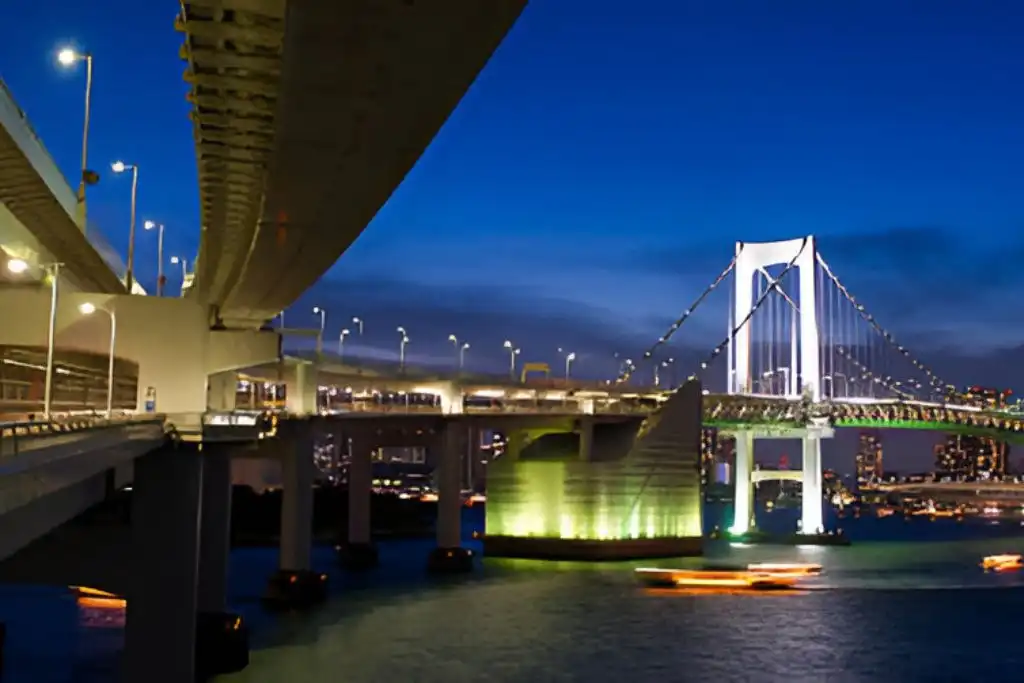
Evening: Tokyo’s Vibrant Nightlife In Roppongi Or Shinjuku
As night falls, Roppongi and Shinjuku come alive with nightlife. In Roppongi, travelers can find numerous bars, clubs, and late-night eateries. They can enjoy international music scenes and vibrant atmospheres at venues like the famous Mori Art Museum. Shinjuku, filled with neon lights, is known for its entertainment district. Popping into izakayas or karaoke bars helps them indulge in Japanese culture. The towering views from the Keio Plaza Hotel or Hilton Tokyo add a breathtaking backdrop for the night. For those wanting a quieter evening, a stroll around Tokyo Tower or Skytree is a delightful option. Each offers stunning views of the city lit up at night, providing a perfect end to their journey.
Day 9: Goodbye, Japan!
On the final day, travelers will prepare for their departure from Tokyo. They can choose between Narita Airport and Haneda Airport for their international flights.
Before leaving, it’s a good idea to buy some souvenirs to remember Japan. Popular items include:
- Matcha (green tea powder)
- Handmade ceramics
- Kimonos (traditional garments)
Travelers should ensure they have allowed enough time at the airport. Express trains can help them get to the airport quickly, especially from central Tokyo. The Narita Express and Tokyo Monorail are excellent options for efficient travel. They might also want to grab a final meal. Some top choices include sushi, ramen, or a bento box. It’s a wonderful way to savor the tastes of Japan one last time.
As they reflect on their journey, travelers should take a moment to appreciate everything they experienced. The bustling city life, serene temples, and beautiful landscapes are memories to cherish. Finally, as they board their flight, it’s a perfect time to think about all that Japan has to offer. There’s always a reason to return for another adventure in this remarkable country.
Things to Do in Each City: Expanding Experiences
Tokyo
Robot, maid, and animal cafés provide an offbeat experience, while a Sumida River cruise delivers gorgeous city visuals. Shop and have fun at places like Shibuya and Shinjuku.
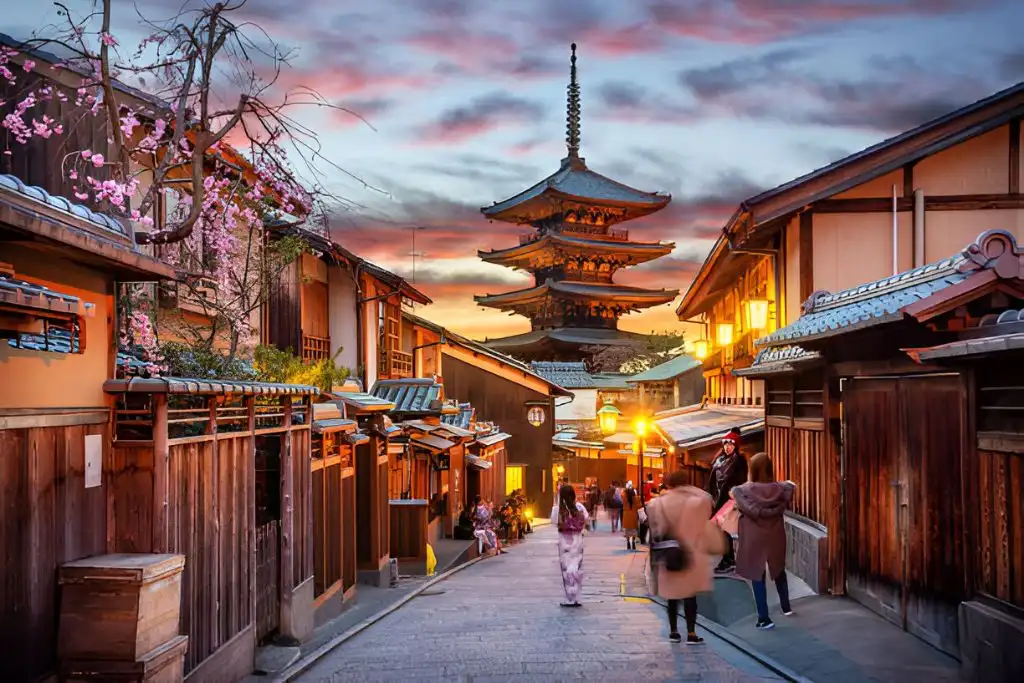
Kyoto
Watch a classic Geisha performance and rent kimonos to visit iconic temples such as Kinkaku-ji and Fushimi Inari Shrine. Kyoto Photo courtesy of Reinis Babrovskise on Unsplash Kyoto offers the perfect juxtaposition with its historic streets and peaceful gardens.
Nara
Immerse yourself in the ancient Horyu-ji Temple and Yoshikien Gardenymology. Feeding these deer is a must-do experience for most visitors to Nara Park.
Mt. Fuji
Enjoy a guided hike up Mt. Fuji or explore the scenic Fuji Five Lakes region by bike. Traditional lakeside villages offer stunning views, accommodations, and local cuisine.
Osaka
Universal Studios Japan has rides to jumpstart your mornings, Osaka Aquarium is home to marine wonders. Namba is known for its neon lights, street food and bars.
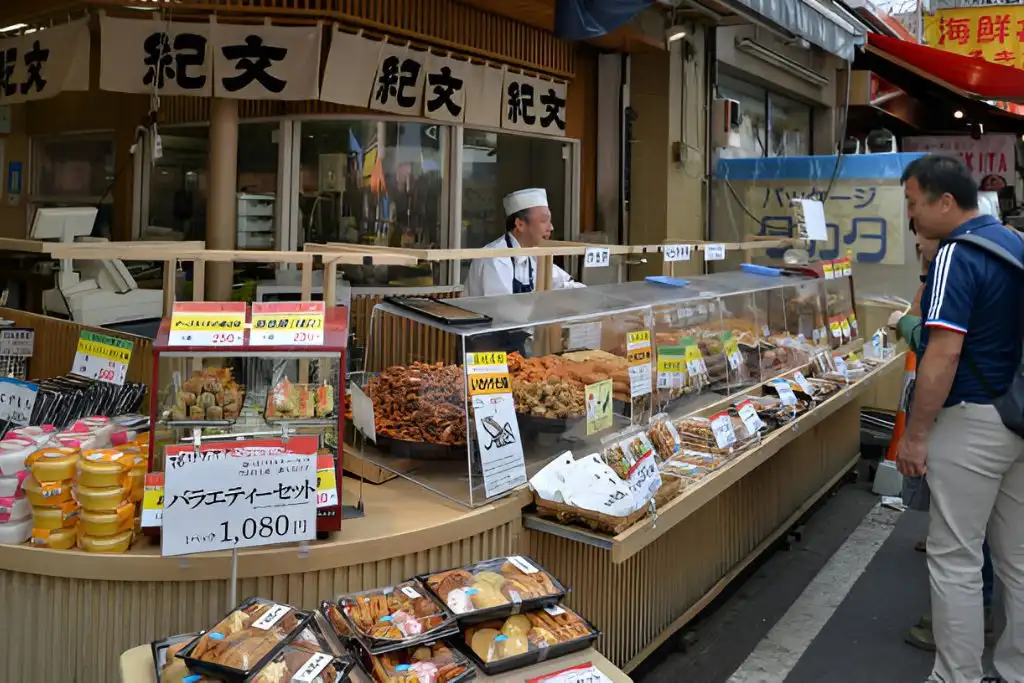
Where in Town to Try Japanese Food
Japanese food is known worldwide, and its cities have some must-try local dishes. Sushi is also a top choice in Tokyo, with the freshest seafood at Tsukiji Inner Market or high-end sushi bars. Kyoto is known for its elegant kaiseki (refined multi-course meals) and yudofu (tofu hotpot). While Osaka is all about okonomiyaki (savoury pancakes) and takoyaki (octopus balls), Tokyo has plenty of street food options. There are also region-specific dishes across Japan; Hokkaido is famous for its rich miso ramen, while Hiroshima’s okonomiyaki (a type of savoury pancake) comes in a unique style.
Staying Connected in Japan
Japan, for instance, demands you stay connected to help navigate the country’s efficient but vast public transport system, and you will eventually discover hidden gems. The two best that I recommend to you are (renting a Pocket WiFi, which allows multiple devices to stay online) or gettinggetting yourself a SIM with a thought data plan for tourists. The following apps are for your trip; they will show you how much time you spend in each place. Google Maps Schedule being the sailor inside Japan Train schedules GuruNavi It is a transparent system to realize that whereas any restaurant associated headway fundamentals. At most airports and major train stations, you also have vending machines where they mail off a Pocket WiFi or SIM card.
How much we spent on going to Japan for one week
JAPAN TRAVEL GUIDE I ONE WEEK IN JAPAN Below is an example of a budget breakdown as estimated. A 7-day JR pass works out at around ¥29,650 (or $200) for transport by train, which will get you from place to place in Japan. The accommodation price is typically from ¥6,000 ($40) for a budget hostel to around ¥20,000($135) for mid-range hotels. Since the daily meals will go around ¥1,000 to 3.000 ($7–$20) This price range goes for staple ramen shops and sushi restaurants all over metropolitan Tokyo. Cost of attractions at temples or museums tend to cost a few hundred yen (¥400–1,000/$3–7), whereas enrolments at others, such as the Ghibli Museum and theme parks, will be much higher.
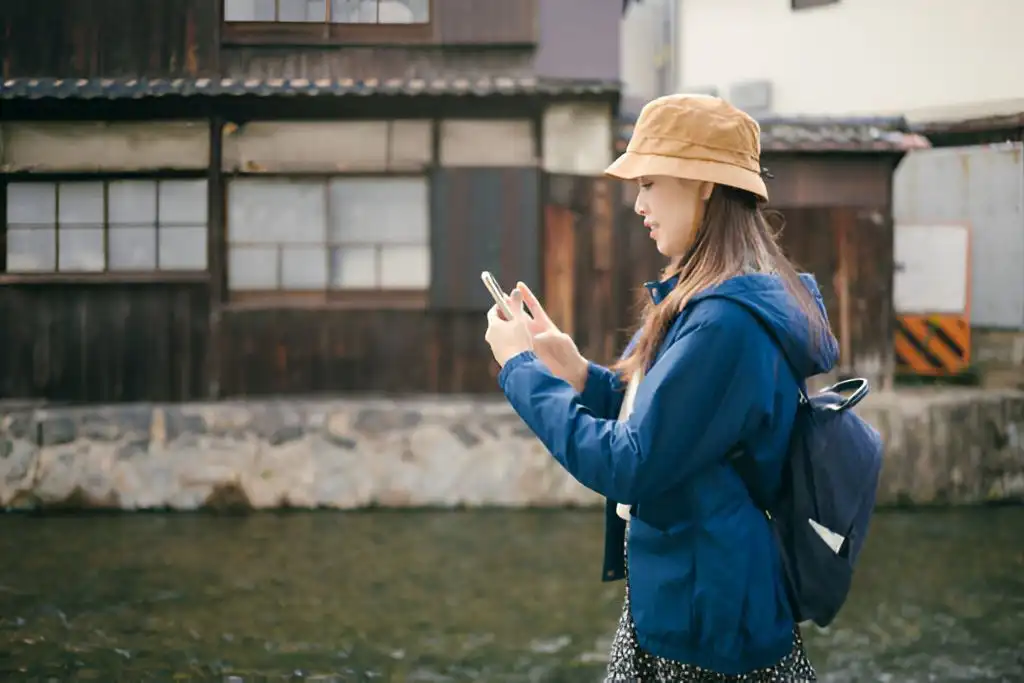
Travel Safety: Solo Travel in Japan
Japan is one of the places ideal for solo travellers, and it stands in the group of safest countries on earth. There is very little crime, and the public transport system is especially well-organized. It is always a good idea to follow some safety tips. If you are out in the dark, make sure it is safe to do so immersing yourself in new areas late at night should be avoided since most of these will happen during your stay, especially in Tokyo or Osaka. Be vigilant and friendly, but take care of your items in fully crowded areas; nonetheless, you may have to use Google Translate or something similar, as many people speak little English. Finally, take a portable phone charge in your backpack to be available 24/7.
Frequently Asked Questions
Travelers often have specific questions when planning a week-long trip to Japan. This section addresses common inquiries about top destinations, travel logistics, budgeting, and other key aspects of their journey.
What are the must-visit places for a 7-day trip to Japan?
For a one-week trip, visitors should consider key cities like Tokyo, Kyoto, and Osaka. In Tokyo, highlights include Shinjuku and Shibuya. Kyoto offers beautiful temples such as Kinkaku-ji, while Osaka is known for its street food and lively neighborhoods.
How can I cover Tokyo, Kyoto, and Osaka in a one-week Japan itinerary?
To visit Tokyo, Kyoto, and Osaka in seven days, travelers can allocate two days in Tokyo, two days in Kyoto, and two days in Osaka. They can use Japan’s efficient train system for quick transfers. A day can also be used to travel between these cities.
Can I include a visit to Disneyland within a one-week Japan travel plan?
Yes, including Disneyland can fit into a one-week Japan itinerary. Visitors can dedicate a full day to Tokyo Disneyland or DisneySea. It’s best to plan this visit during the Tokyo segment of the trip, ensuring there is enough time to explore the city as well.
What should be the budget for a one-week holiday in Japan?
The budget for a week in Japan varies based on travel style. Budget travelers might spend around $1,000, while mid-range visitors may require $1,200 to $2,500. Luxury travelers could spend significantly more, especially with higher accommodation and dining costs.
What is the best way to spend 5 days in Japan?
In five days, it’s efficient to focus on one or two major cities. A suggested plan is three days in Tokyo, exploring major districts and attractions. Then, spend two days in Kyoto for its cultural sites and beautiful landscapes.
How do I create a 7-day itinerary suitable for a Japan visa application?
To create a 7-day itinerary for a visa application, travelers should outline daily activities clearly. They should include arrival and departure dates, accommodations, and sites visited. It is essential to demonstrate the purpose of the visit and any planned travels within Japan.

